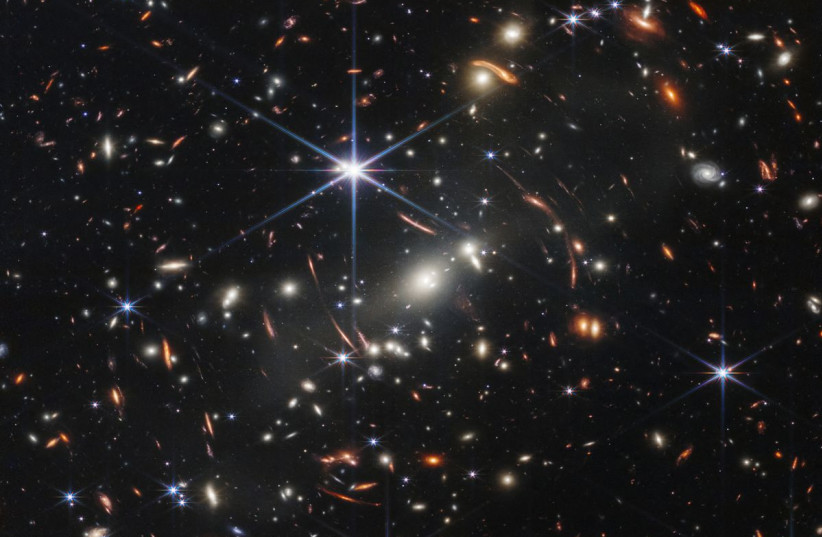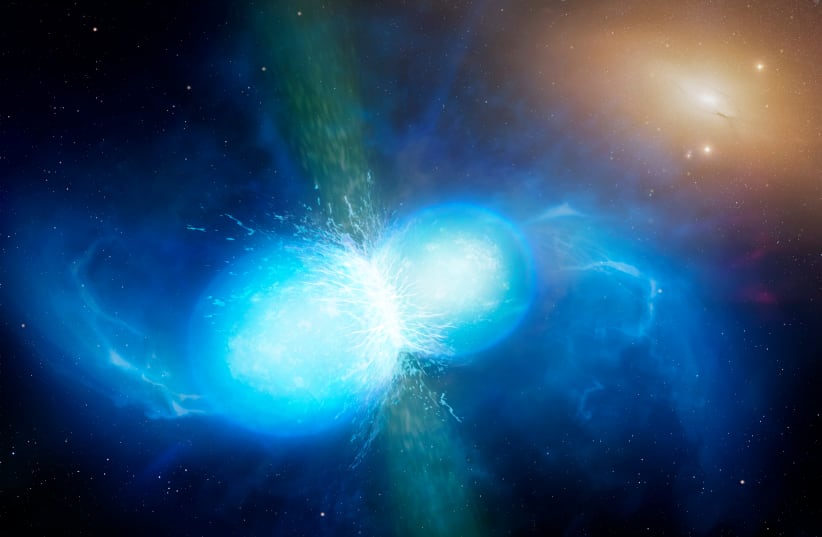The first stars in the cosmos were 10,000 times larger than the sun, a new study published this month found.
The study, published by Cornell University in March, found that the original stars would have been a thousand times larger than the biggest stars in our cosmos today and significantly brighter.
The study is awaiting peer review by the Monthly Notices of the Royal Astronomical Society.
The flame that burns twice as bright burns half as long
According to the researchers, the stars died very young compared to stars today. Once they died, the conditions needed for their development were never available for them to develop again.
Shortly after the Big Bang, around 13 billion years ago, there were no stars in the universe. There was, however, an abundance of natural gases like Hydrogen and Helium.

The natural gases piled up over hundreds of millions of years and slowly became increasingly dense. This period is known as the cosmic Dark Ages. Without the heavy elements that our universe has now, the original stars formed differently without the ability to release heat at a rapid rate.
Details of the study
Astrophysicists used computer simulations of the Dark Ages. The computer-simulated all relevant factors like the presence of dark matter, which helps galaxies grow, and the clumping of natural gases and radiation. Uniquely, this simulation included data about cold fronts, which has not been done before.
The simulation led to the discovery of interactions that preceded the formation of the first-ever star. Hydrogen and Helium joined, releasing a small amount of heat that allowed for small groups of neutral gas to build up a higher density.
The groups, eventually, warmed to a high enough temperature. This led to the production of radiation which, in turn, broke apart from the gases. This allowed for the stars to reach a large size.
The repeated interactions between radiation and neutral gases led to large pools of neutral gas, which was the beginning stage of the first galaxies. The gases within these newly formed galaxies began to spin at a rapid rate, forming accretion disks. These disks sat around large objects like black holes.
When cold fronts came into contact with the disks, both their masses and density increased. This would have created the first star.
Once supernovas occurred, the stars would break apart with heavier elements. The heavier elements have prevented these stars from ever reforming.
